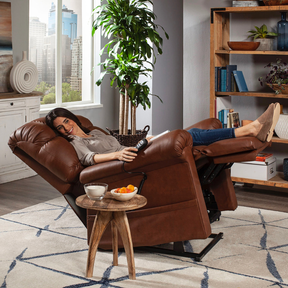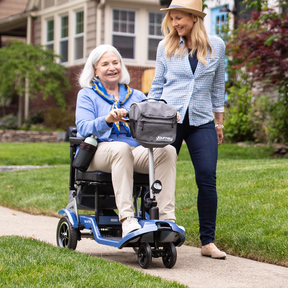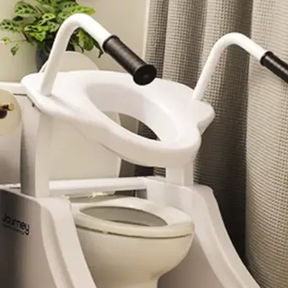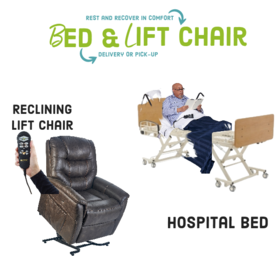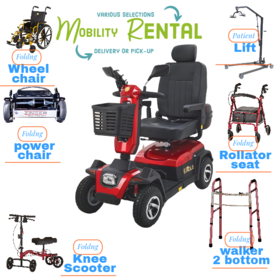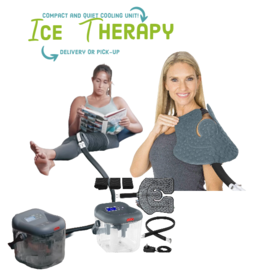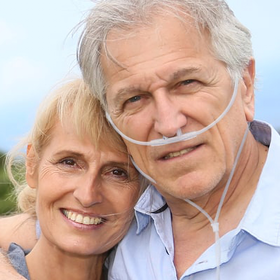Blog What do we find Inside a Portable Oxygen Concentrator?
Medical devices such as portable oxygen concentrators provide oxygen therapy to people with low blood oxygen levels. The portable oxygen concentrator can be plugged into an electrical source or portable battery and used comfortably as long as the oxygen concentration is higher than what is available in ambient air.
If the battery runs out, you can charge it again. Additionally, several adapters allow you to use the POC device while driving or riding.
The portable oxygen concentrator is smaller than a stationary unit and is, therefore, more mobile and convenient to carry around. They are FAA-approved for air travel and can run on a battery for added convenience.
What is the Use of a Portable Oxygen Concentrator?
When someone has difficulty breathing or suffers from a breathing disorder, such as chronic obstructive pulmonary disease (COPD), they typically use an oxygen concentrator.
A person can breathe effectively using an oxygen concentrator. COPD includes bronchitis and emphysema under one umbrella.
How Does a Portable Oxygen Concentrator Work?
Working with an oxygen concentrator involves five steps.
- The portable oxygen concentrator purifies the air in the room.
- After that, oxygen is compressed.
- The air has an 80% nitrogen content before it enters the concentrator, compared to a 20% oxygen content.
- The portable oxygen concentrator converts 90-95 percent of the air into oxygen and nitrogen into pure oxygen.
- As a result, the nitrogen is separated to ensure you get the most oxygen possible.
A compressor and sieve bed filter are the two main components of portable oxygen concentrators. After filtering it into the concentrator, the compressor compresses the air, then delivers it continuously.
This compressed air moves into the sieve bed filters, which are crucial because they remove nitrogen from the air, which plays an important role. This nitrogen is removed from the air through a Zen-polite microorganism, a tiny cube with holes on each side.
The concentrator is equipped with two sieve beds. After the compressed air in the concentrator has been forced through the first sieve bed. Oxygen enters the product tank.
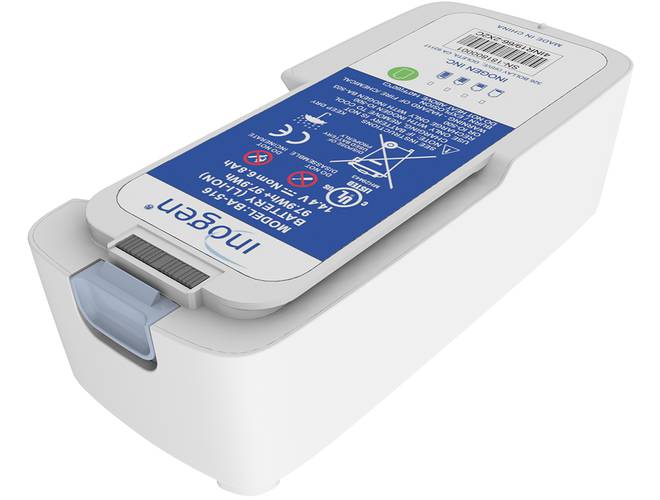
Nitrogen enters the first sieve bed. It is then switched over to move compressed air to the second sieve bed, where the compressor of the first sieve bed is sent to the outside room, and the air from the product tank is sent back into the first sieve bed.
After the first sieve bed drops in pressure and oxygen weaken, the Zeolite releases nitrogen. Oxygen and nitrogen recombine and become regular air in the room. Air is compressed and then sent to the second sieve, where oxygen is transported to the product tank. After a few seconds, the cycle begins over with the first sieve.
Furthermore, the cooling system ensures that the portable oxygen concentrator does not overheat, and the nasal cannula facilitates oxygen absorption after passing through all the sieve bed filters.
Advantages of Portable Oxygen Concentrator
A portable oxygen concentrator is far less dangerous than a traditional oxygen concentrator that can rupture. Portable oxygen concentrators produce air, so you don't have to replace an oxygen tank, which is a major advantage.
Since they continue to become smaller and smaller, they gain in popularity as they become less and less mobile, so you don't have to carry around an oxygen tank just because you need oxygen.
Oxygen portable units offer the following exclusive benefits:
Easy To Use
Setting up almost every oxygen concentrator can be confusing. However, most portable oxygen concentrators have easy-to-use settings with digital displays and alerts. For example, a beeping sound will notify you if your POC isn't working properly.
Better Sleep
When you have COPD, you might suffer from transient nocturnal oxygen deficiency, which could interfere with your good night's sleep. POCs ensure that your blood oxygen level stays steady throughout the day.
Mobility and Independence
An oxygen concentrator at home can provide a steady oxygen supply, but a portable oxygen concentrator allows you to move around freely. You can use a Portable Oxygen Concentrator anywhere and participate in any event.
Furthermore, by using an oxygen concentrator, you will no longer be dependent on your family or friends. You can continue with your normal activities while receiving constant oxygen therapy.
Enhances your stamina
With a portable oxygen concentrator, you can perform all the normal activities you do at home, such as cooking, cleaning, taking a walk in the park, etc., while continuing to receive oxygen therapy.
Customizing Options
Depending on the condition, each patient requires different levels of oxygen. A portable oxygen concentrator can deliver pulse and continuous flow conditions according to the patient's needs.
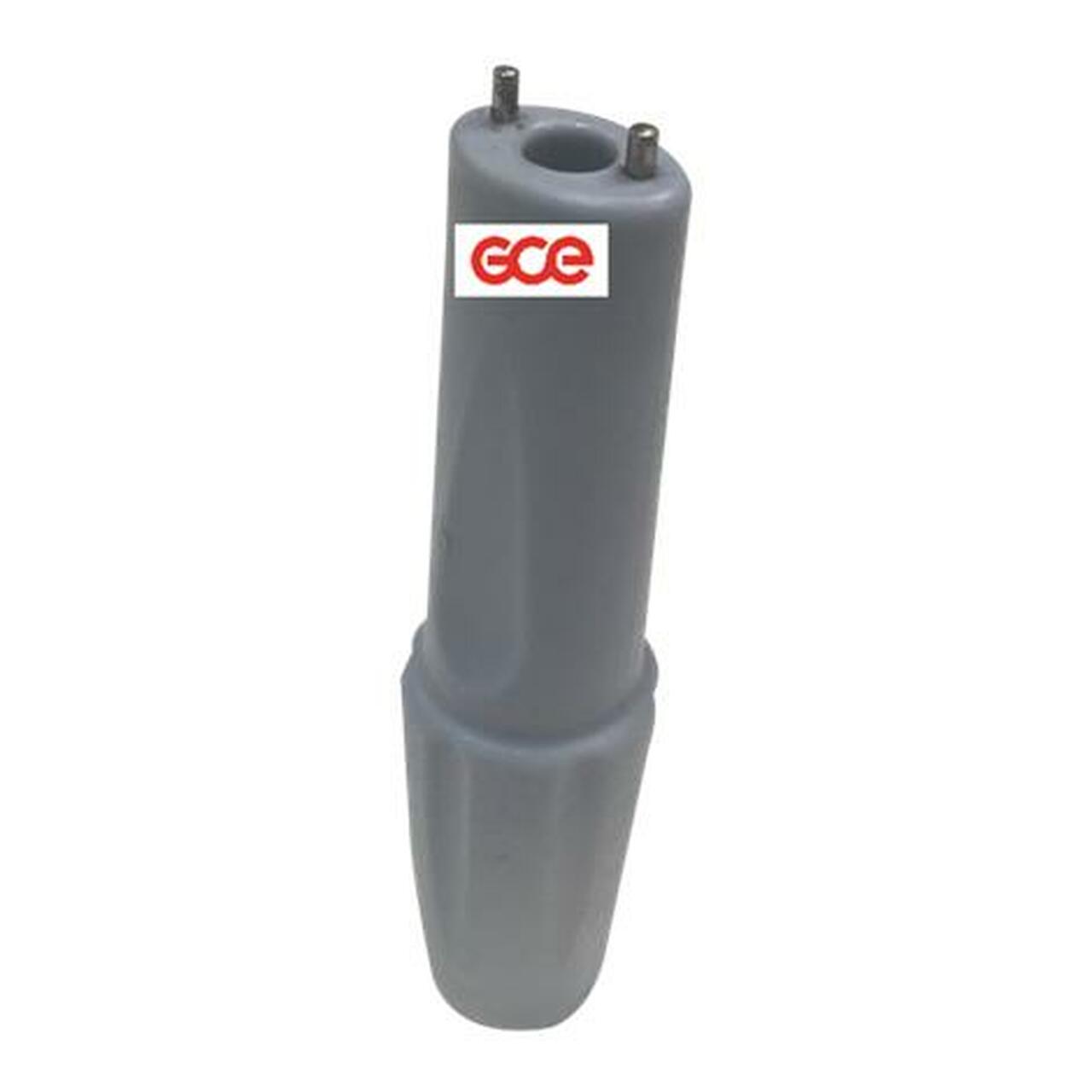
Portable Oxygen Concentrator Lasts Long
Portable oxygen concentrators are essential if you need oxygen while away from home. Most battery-operated oxygen machines come with long-lasting batteries to deliver oxygen for hours.
Here are a few tips to help you select a portable oxygen concentrator that will maintain its battery life during your journey, whether you're planning a long road trip or traveling abroad.
portable Oxygen Concentrator Prescription
It depends on your prescription whether or not you need a portable oxygen concentrator with a pulse dose. Pulse dose concentrators deliver oxygen only when you inhale. When you exhale, they stop delivering oxygen. Because continuous flow concentrators require less power, batteries use less energy.
It requires more battery power to run continuous-flow oxygen concentrators since oxygen continuously flows regardless of inhalation or exhalation. Suppose your doctor prescribed a high pulse dose or continuous flow oxygen requirement.
In that case, you'd want a POC designed for longer battery life at higher pulse settings and continuous flow oxygen requirements. You can choose from two different battery types, 8 and 16 cells, to meet your oxygen supply needs with a reliable model such as the Inogen One G4 Portable Concentrator.
The Best Models of Portable Oxygen Concentrators
Inogen One G4
Using Inogen's standard Intelligent Delivery Technology, the Inogen One G4 detects oxygen in every breath. The compact and lightweight device uses one battery system. The machine is FAA approved for use in flight.
DeVilbiss iGo
There are both pulse dose and continuous flow settings on the DeVilbiss iGo to help you maintain an active lifestyle. The machine is compact and lightweight and can be powered by AC, DC, or batteries.
Accessories for a Portable Oxygen Concentrator
Even the smallest, most lightweight, portable oxygen concentrators should have a carrying bag or backpack to transport them easily. In addition to protecting your oxygen concentrator with a bag, ensure your unit works properly and avoid bumping it on hard surfaces. You can also find accessories for your oxygen concentrator on the website or use portable oxygen rentals if you need them short term.
Tags
- contest
- event
- supplies
- design
- brand
- video
- Compression
- upright walker
- four wheel walker
- rollator
- wheelchair
- Ostomy
- elegantly
- elegantly
- accessibility
- Mobility
- knee walker rental
- knee scooter sales
- knee scooter
- post operative shoe
- anti-embolic stockings
- pain management
- cryotherapy therapy
- hot cold compress
- compression stockings
- lift chair
- wound Care
- air purifier
- fall prevention
- cushion
- oxygen therapy
- cpap, bipap
- Hospital Bed
- Life Aide
- EMS
- recovery
- splint
- knee brace
- Bathroom
- patient lift
- medical supply
- Wound dressings
- Lightweight Wheelchair
- hospital beds for sale
- sky medical supplies rentals
- compression socks
- Adult Diapers
- Rollator Walker
- Bed Wedge Pillow
- Hospital beds
- Patient Lifts and Slings
- Portable Oxygen Concentrator
- Patient Lift Slings
- knee scooter rental
- folding mobility scooter
- mobility scooter
- medical shoes
- raised toilet seat
- hospital beds for rent
- lift chair recliner
- chair lift
- electric wheelchair
- Power Lift Recliners for Elderly
- Senior Walkers
- Bedside Commodes
- whill wheelchair
- compression hose
- Whill Electric Wheelchairs
- Bariatric Wheelchair
- Recliner Chairs with Lift
- Colostomy Bag
- Crutches
- Medical Wedge Pillow
- skin barrier tape
- Post Surgery Ice Machine
- Bedside Commode
- chair lift recliners
- cane holder scooter
- lift chair prices
- drop arm commode
- rollator walker with ergonomic seats
- Hospital Bed Rental
- Wheelchair Tray
- Golden Technologies Lift Chair
- Nova GetGo Junior Rollator
- power lift recliners
- Knee Scooters and Crutches:
- stand up walker for seniors
- stand up walker as seen on TV
- Women's Walking Canes
- Knee Immobilizers
- Bed Wedge Pillow
- Medical Supply Stores
- Sit to Stand Lifts
- Grab Bars
- Compression Gloves
- incontinence bed pads
- Lift Reclining Chair
- Knee Walker Scooters
- Hernia Belt Near You
- Mobility Scooter Stores Near Me
- Folding Knee Walker
- Oxygen Concentrator Store
- Inogen Battery
- Electric Bed Frames
- Placing Lift Chair
- diaper brief
Related Posts
Get weekly articles in your inbox on the latest medical supply news, exclusive deals, and helpful health tips.
